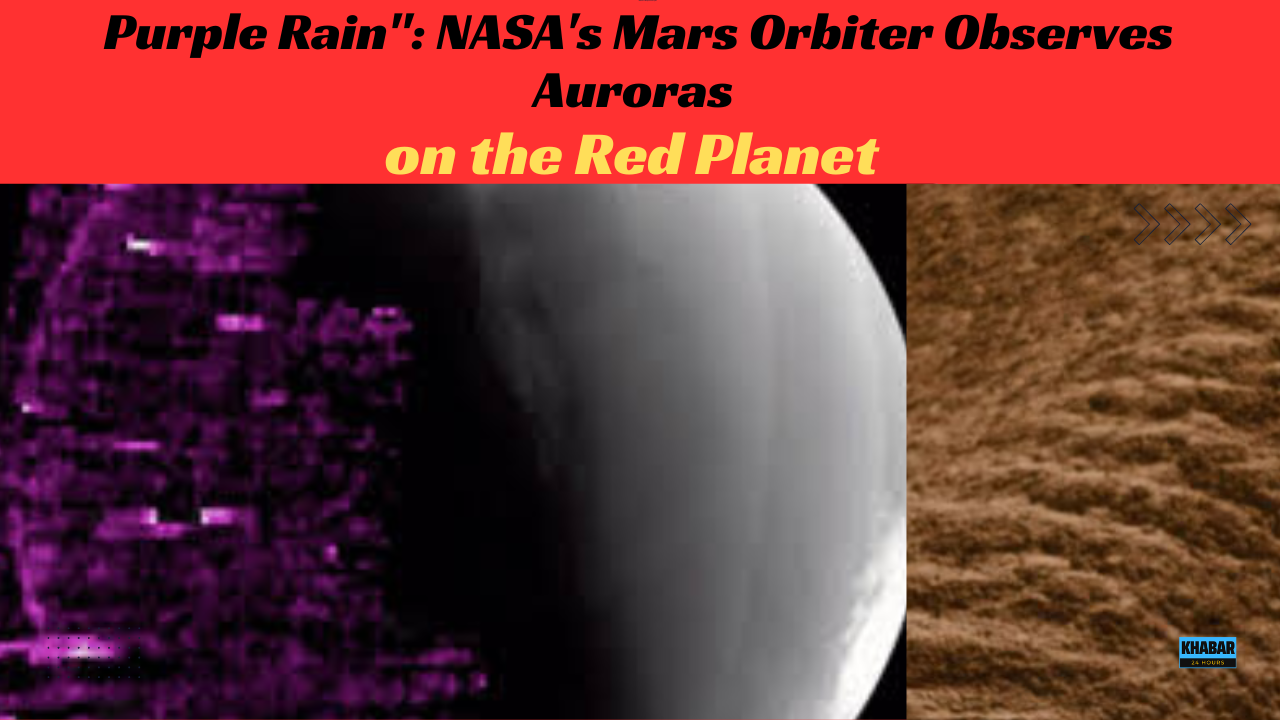NASA’s MAVEN spacecraft captured a stunning display of purple-hued lights on the Martian surface from May 14 to May 20 this year.

NASA regularly captivates space enthusiasts with stunning images and educational videos from our universe through its social media channels. In a recent Instagram post, the space agency shared an animated GIF displaying auroras on Mars’ nightside, a rare phenomenon captured by the Imaging Ultraviolet Spectrograph instrument aboard NASA’s MAVEN (Mars Atmosphere and Volatile Evolution) orbiter.
According to NASA’s caption, the purple hues in the video represent auroras detected across Mars’ nightside. The intensity of the purple indicates the presence of more auroras. The sequence captures the arrival of energetic particles from a solar storm, with the video pausing at the peak when the most energetic particles overwhelmed the instrument with noise.
NASA’s MAVEN spacecraft recorded a spectacular exhibition of purple-colored lights on Mars from May 14 to May 20 this year. According to NASA’s explanation, the mechanism behind these auroras differs from those observed on Earth.
NASA explained that Earth is protected from charged particles by a strong magnetic field, typically confining auroras to polar regions. Recently, during a solar maximum, auroras were visible as far south as Alabama. In contrast, Mars lost its internally generated magnetic field long ago, leaving it vulnerable to the onslaught of energetic particles. When these charged particles interact with the Martian atmosphere, they produce auroras that encompass the entire planet.

NASA posted the image a few days ago, and since then, it has garnered over 261,000 likes and numerous reactions. One user commented, “Incredible! Absolutely stunning,” while another exclaimed, “Wow, this is amazing!”
A third commenter asked, “That’s incredible! Does NASA have any plans to capture auroras from the surface of Mars, or will that have to wait for a future human mission?” Another user noted, “But aren’t auroras mostly green in color? This looks completely different.”


